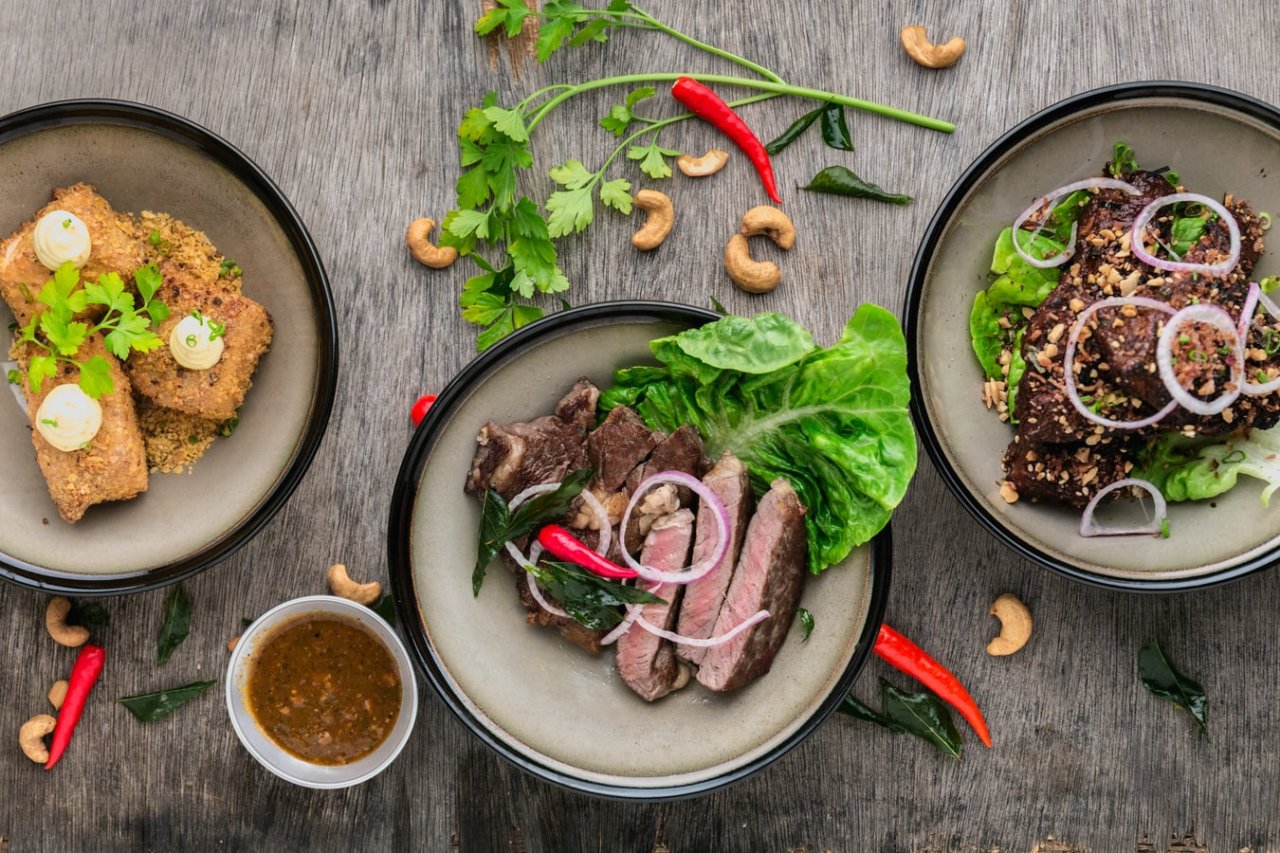Cooking can be exhausting. If you’re the primary cook in your household, you’re probably no stranger to how much of an undertaking it can be or how deserved taking a break feels. After all, preparing a meal doesn’t start the moment you enter the kitchen; first, you need to determine what you want to make, what time you want to dine, if you have the ingredients necessary, if anyone needs to take a trip to the grocery store, and so on.
Even for those of us who generally enjoy cooking, this rabbit hole can be weary. So to then spend upwards of a couple of hours preparing a meal that is then gone within twenty minutes, it’s easy to understand why, regardless of someone’s affinity for cooking, we all need a break sometimes.
The real trouble lies in what we should do when we need a break. If eating or providing balanced, nutritious meals is something you strive for, you might feel a little short-changed by popular alternative suggestions.
So, for those days when cooking is the last thing that you want to have to do, we’ve compiled some easy-prep suggestions that will help you continue eating well.
Prepare easy-to-store meals in bulk
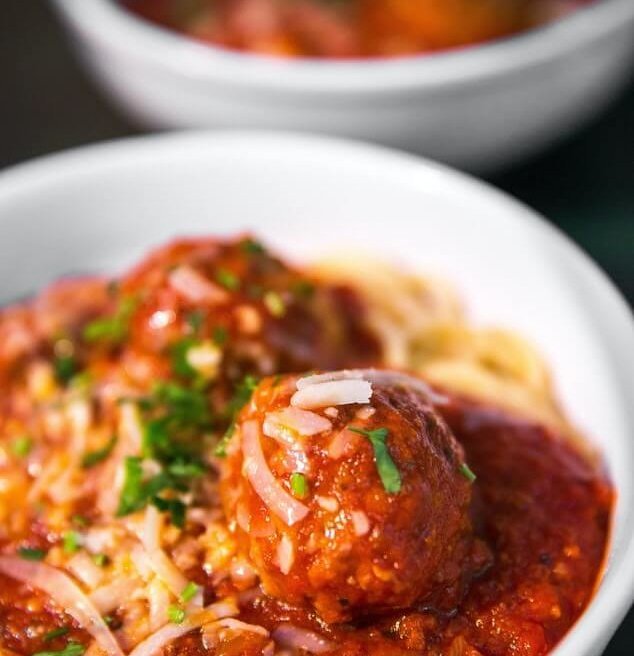 This one requires a bit of pre-emptive planning, but if you’re prone to cooking dry spells, cooking in bulk is a lifesaver. Not only is it one of the easiest ways to get a pre-approved, ready-made meal on the table, but it requires very little additional prep work. Simply double or triple the quantities of a dish you were going to make anyway, and divide the leftovers into freezer-safe containers.
This one requires a bit of pre-emptive planning, but if you’re prone to cooking dry spells, cooking in bulk is a lifesaver. Not only is it one of the easiest ways to get a pre-approved, ready-made meal on the table, but it requires very little additional prep work. Simply double or triple the quantities of a dish you were going to make anyway, and divide the leftovers into freezer-safe containers.
The amount of time you can keep any given dish in the freezer is dependent on the dish itself, but you can usually keep most meals anywhere from weeks to a couple of months without much quality degradation. Much like TV dinners, you can heat them up and have them ready within minutes. Of course, not everything is well-suited to be frozen and re-served later; among the list of foods that you should avoid freezing are fruits and veggies with high water content, cream-based products, and fried foods. That said, you can nicely store the vast majority of foods for later, so we recommend checking online before deciding on the dish that you want to multiply.
Invest in a slow-cooker and a rice cooker
Much like the previous suggestion, this tip isn’t going to help you if you are in dire need of something low-maintenance to cook tonight, but trust us, your future-self will thank you for it.
Rice cooker
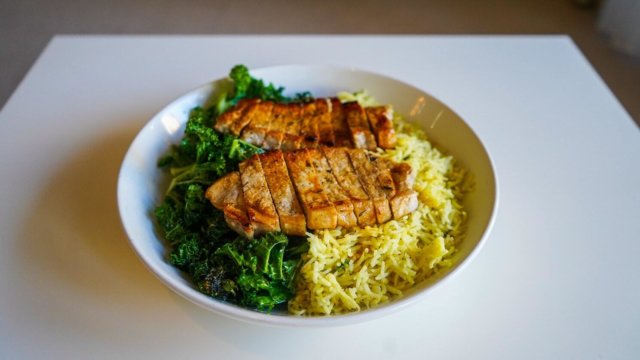 If you’re in a household that consumes a lot of rice, a rice cooker can be a great time-saver. But even if rice isn’t your typical go-to, the easy-to-make meal possibilities are endless; curries, stir-fries, poke bowls, or even just ladled with your fave fast-fry protein and veggie.
If you’re in a household that consumes a lot of rice, a rice cooker can be a great time-saver. But even if rice isn’t your typical go-to, the easy-to-make meal possibilities are endless; curries, stir-fries, poke bowls, or even just ladled with your fave fast-fry protein and veggie.
Depending on the make and model, rice cookers can come equipped with features that simplify the entire process. Such features include a timer to determine ahead of time when the rice is ready for, easy-to-follow measurements, so you always have the proper rice to water ratio, a keep warm option, a reheat option and a non-stick bowl for easy clean-up. After you put in the rice, water and press the ‘on’ button, the rice cooker will do the rest, making it a great “set it and forget it” kitchen tool. Rice cookers come in at different price points depending on their features, so it’s important to evaluate what might be worth it for you.
Slow cooker
Slow cookers take all of the work out of preparing a nice, hot dinner. Meals made in slow cookers can require a little extra prep up front, but compared to the amount of time it takes to prepare a meal on most nights, it’s nothing. It’s the perfect kitchen tool for someone who has more energy and time in the mornings but finds themselves spent by the evenings; you’ll be thrilled to know that while you work or do what you do during the day, dinner is being concurrently taken care of. As far as recipes go, slow cookers offer a lot of versatility, so there’s something for everyone.
Use frozen or canned goods in place of fresh fruits and veggies
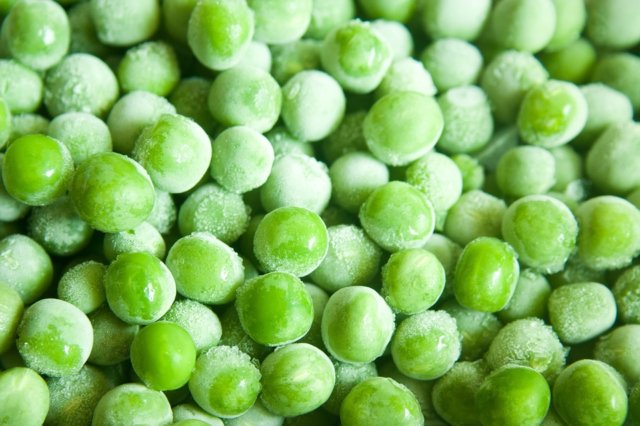 There’s no shame in the frozen or canned game! Especially on nights when the thought of cubing, mincing and dicing makes you want to physically throw your arms up in defeat, these slow-to-spoil options are here to help.
There’s no shame in the frozen or canned game! Especially on nights when the thought of cubing, mincing and dicing makes you want to physically throw your arms up in defeat, these slow-to-spoil options are here to help.
Even though canned and frozen fruits and vegetables are often assumed to be less nutritious than their fresh counterparts, that’s not always the case. When it comes to frozen goods, these days, most produce can be harvested, washed, blanched and frozen within the same day, effectively locking in their freshness.
Did you know that the canning process also preserves most of a food’s nutrients? The three steps in the canning process that help procure canned food’s long shelf-life status are: processing, sealing and heating. And while some nutrients may slightly decrease as a part of the canning process, others actually increase. Of course, it’s always a great practice to check the labels for any additives you’d rather avoid, but by and large, buying frozen or canned can help you save a ton of time in the kitchen!
Divvy out responsibilities
If you’re living with other capable individuals, there’s no shame in asking for a little bit of help! On days when you don’t feel up to the task, enlisting a few extra hands to help out around the kitchen can go a long way. Placing someone on “chopping duty” or “stirring duty” will help you handle things simultaneously, and asking someone to help clean up can absolve you of extra duties.
What might take a couple of hours for you to finish on your own, could be completed in half of that time with the help of someone else. When it comes to cooking responsibilities, a verdict has been reached: sharing is caring!
Prepare an arsenal of easy go-to recipes
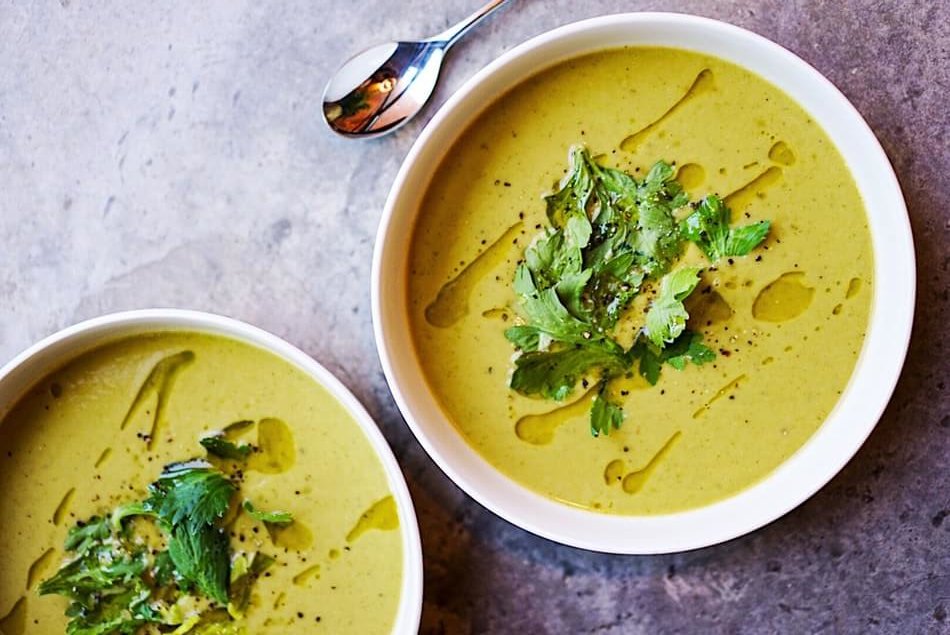 Save yourself the mental drain of trying to figure out what you want to make for dinner each night by having a list of easy recipes in your back pocket. These should be recipes that are not only low-prep, but that you know like the back of your hand. Save yourself from looking up measurements, double-checking cook times, and preparing a medley of ingredients with a few time-saving, reliable recipes.
Save yourself the mental drain of trying to figure out what you want to make for dinner each night by having a list of easy recipes in your back pocket. These should be recipes that are not only low-prep, but that you know like the back of your hand. Save yourself from looking up measurements, double-checking cook times, and preparing a medley of ingredients with a few time-saving, reliable recipes.
Try to choose recipes made up from easy-to-store ingredients so that you can pull them out from the freezer or the pantry at a moment’s notice. Think legumes, rice, pastas, noodles, pre-made sauces, frozen and canned goods, and so on.
Go ahead, order in
While not the most cost-effective way to skirt around your cooking responsibilities, it is the one that requires the least amount of effort. Even though you’re literally “phoning it in,” we’re all entitled to those days. Especially now that there is a myriad of different ways food can be delivered right to your door, sometimes this classic option is hard to resist!
Gone are the days when only pizza and American Chinese takeout were your options; now, most restaurants offer some form of delivery. This means that if you have a favourite healthy go-to spot, you can easily opt for that instead. And while calories aren’t the end-all-be-all of determining a nutritious meal, now that it’s required to display the calorie count on menus in Ontario, you are going into it a lot less blind than you would’ve years ago.
If it’s the dreaded last-minute trip to the grocery store keeping from wanting to cook, groceries, too, can now be delivered! Many grocery stores, including The Sweet Potato, now offer delivery services that are crucial on days when you can’t be bothered. Not only is it convenient, but scrolling in place of walking up and down aisles can save you a ton of time and energy.
While eating well and convenience don’t always seem to go hand in hand, there are many creative ways to circumvent the labour without sacrificing the nutritional value. We hope that our list serves as a nice launching point to find alternatives that work for you and your household.

